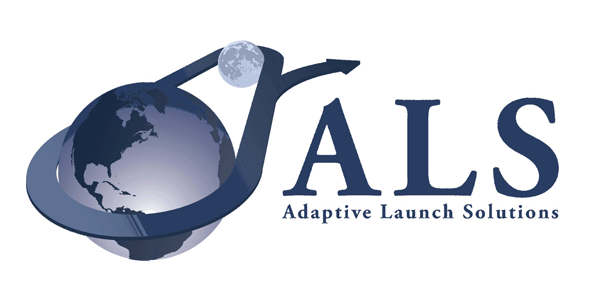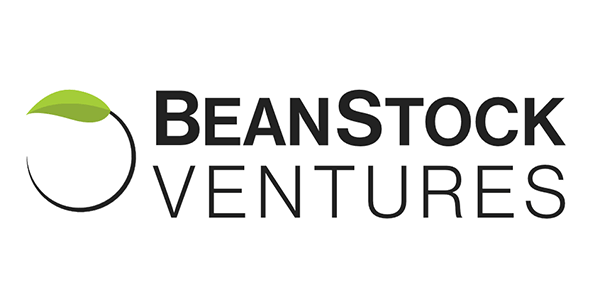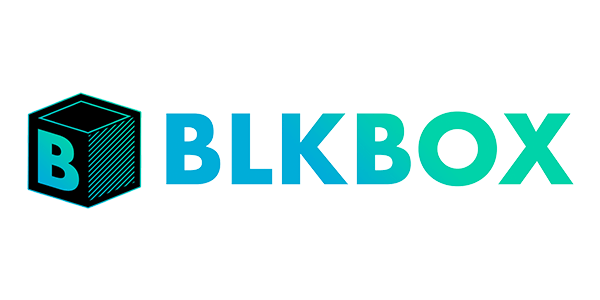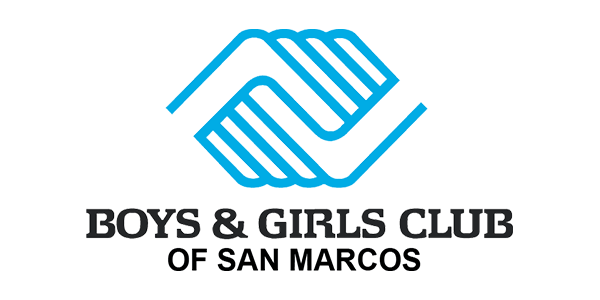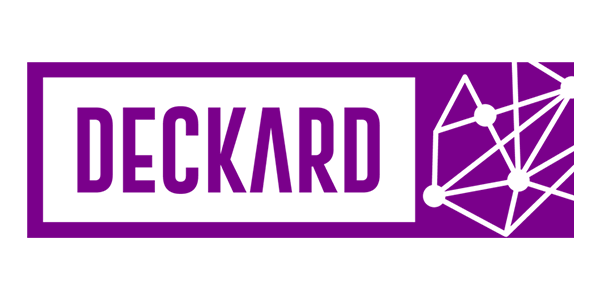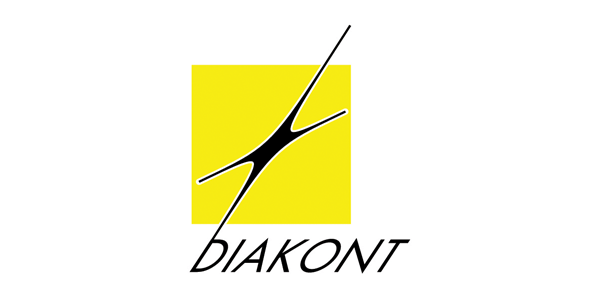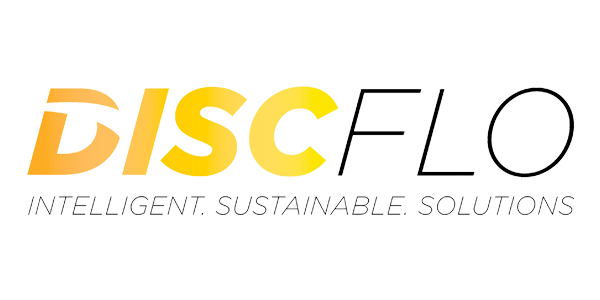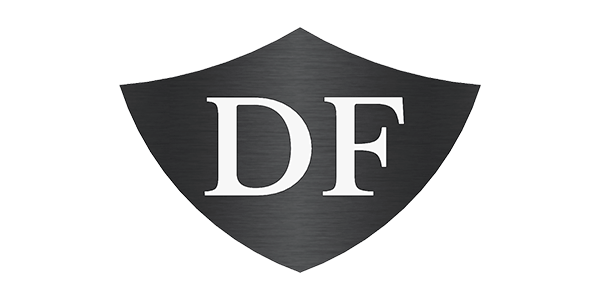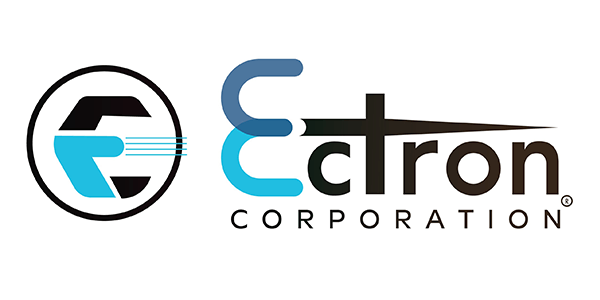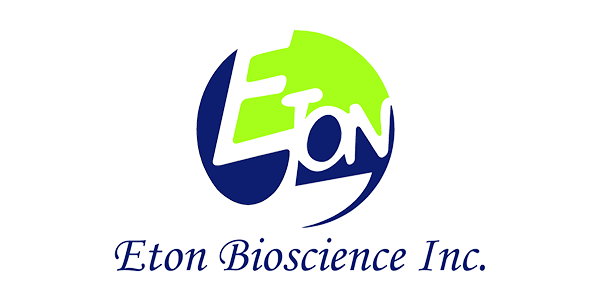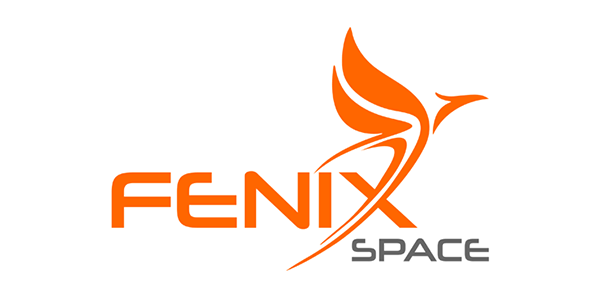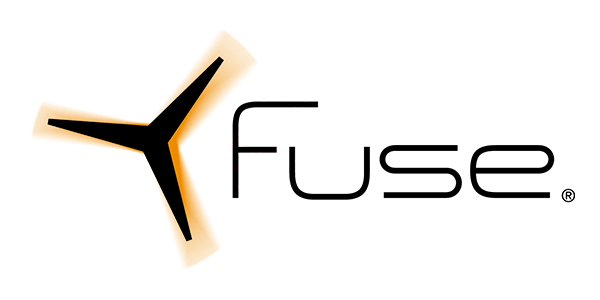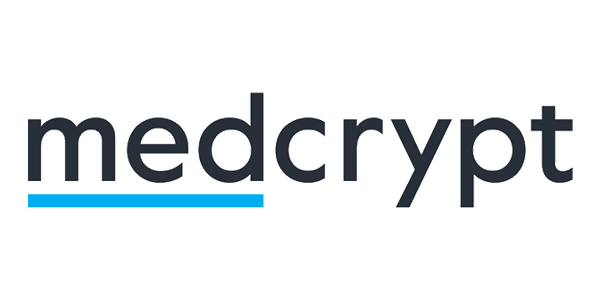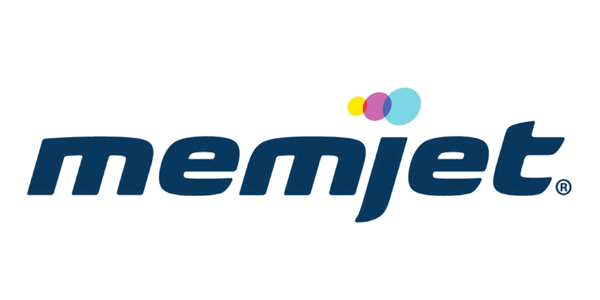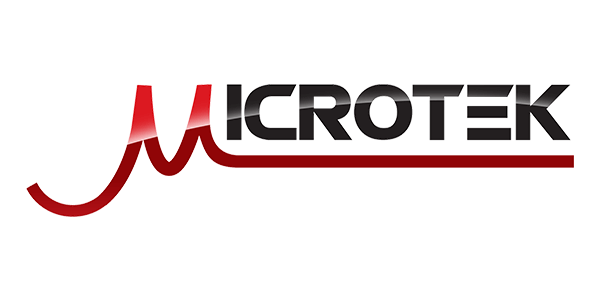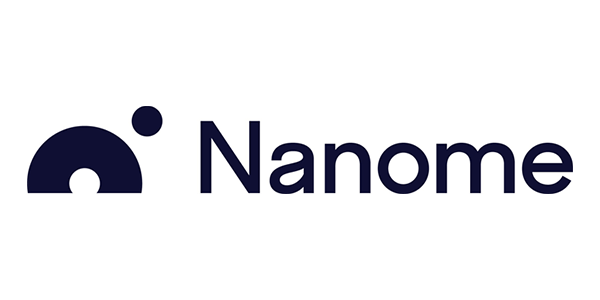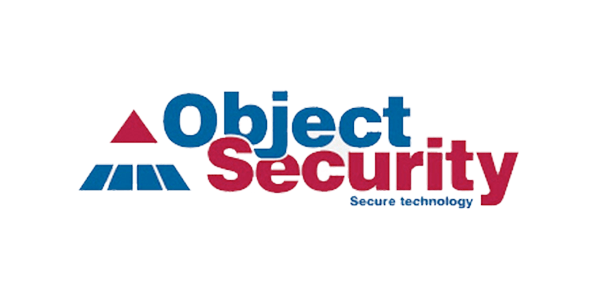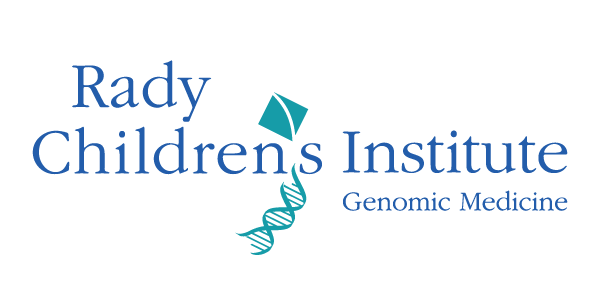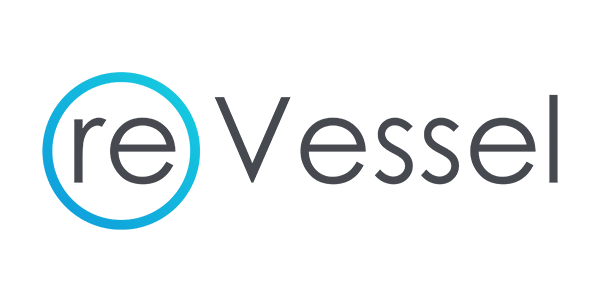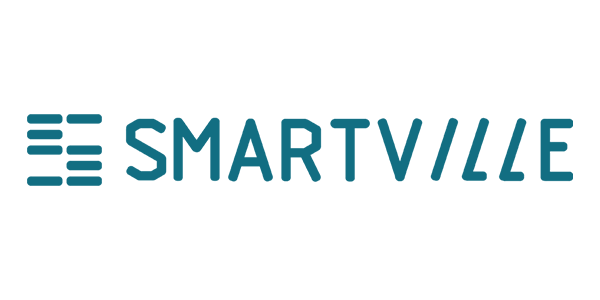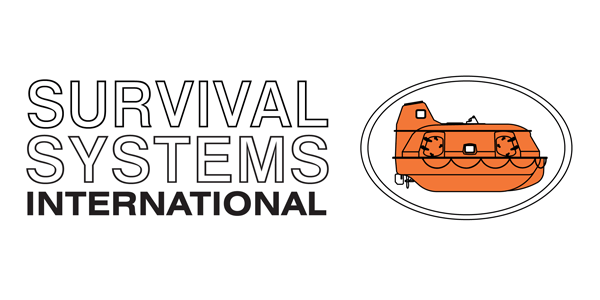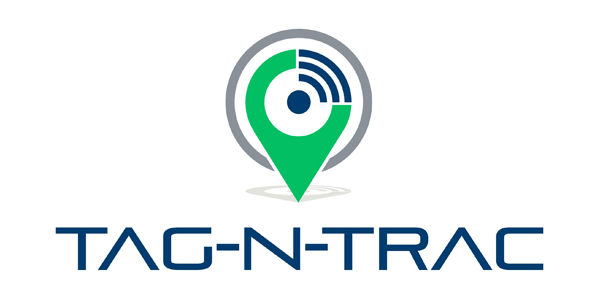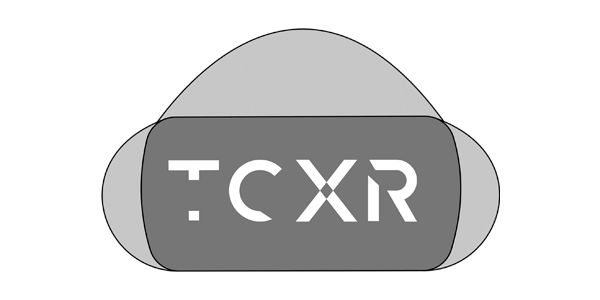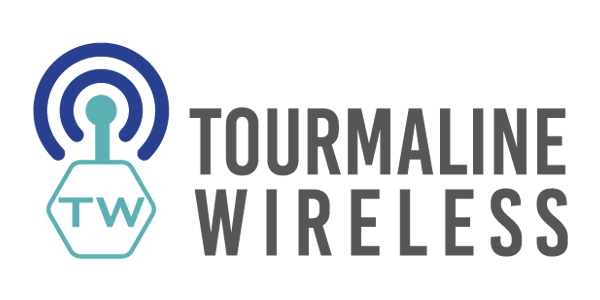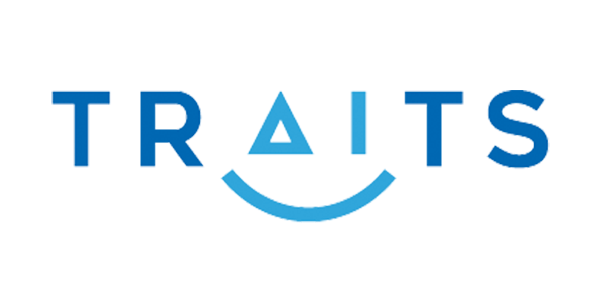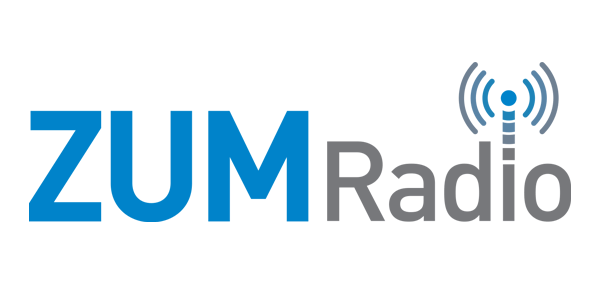Every week, ‘Good News of the Week’ features a curation of positive headlines from San Diego, delivered straight to your inbox. A blend of aggregated stories from San Diego’s most trusted news sources and original EDC-created content, GNOTW provides a comprehensive recap of the region’s best stories from the past week.
Get Good News of the Week in your inbox every Friday. → Sign up
For the week of June 25, 2021, here’s what we’re reading:
- Study: Cybersecurity cluster faces talent shortage amid productivity gains
- Rady Children’s Institute for Genomic Medicine, Illumina deliver diagnosis in record time
- Asian Business Association receives $150K from AT&T
- Meet the companies: Advancing San Diego manufacturing intern hosts
- Survey: San Diego’s Changing Business Landscape
- Alexandria Real Estate Equities Inc. acquires five Sorrento Mesa buildings
- Southwest Airlines adds nonstop service to Bozeman, MT, resumes nonstop flight to New Orleans
- After $113M raise, Flock Freight plans sprawling beach campus for Encinitas
- ClickUp expands into East Village office tower near Petco Park
- Reality Changers raises funds for college-bound youth through rappelling
…and here are the events we’re attending:
- June 30 – AmCham Shanghai
Virtual – The China International Import Expo - July 13 – CMTC
Virtual – Thinking Differently: How to Innovate & Gain the Full Value of Additive Manufacturing - June 9, 2022 – San Diego Regional EDC
Save the date: EDC’s Annual Dinner at Petco Park (registration to come)
We’re Hiring!
- Economic Development Coordinator
EDC is hiring an Economic Development Coordinator to support its economic development priorities, with a focus on workforce development and Advancing San Diego. This person will provide program and project, marketing and communications, and general administrative support. - Economic Development Manager—Life Sciences
EDC is hiring an Economic Development Manager (Life Sciences) to lead a strategic economic development framework to enable business attraction, retention, and expansion in San Diego’s competitive life sciences industry. This person will provide company support and industry engagement, as well as have a minimum of five years experience in business, real estate, planning, life sciences facilities, or related field.
Apply Now, or help us spread the word!
Additional resources:
- Find more COVID-19 business information and resources at EDC’s COVID-19 page
- Find North County information at Innovate78’s COVID-19 page
